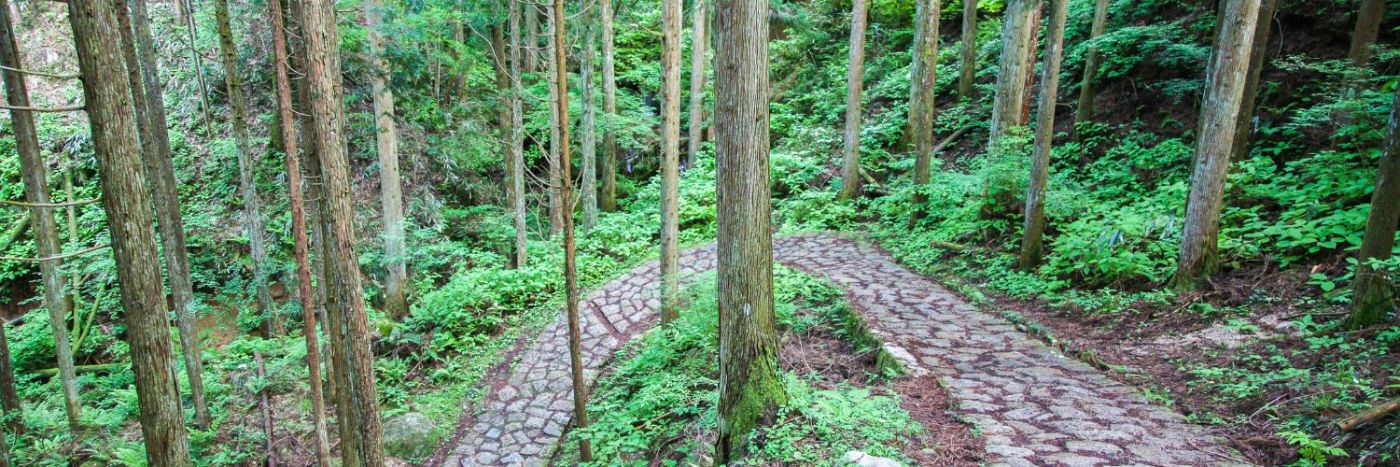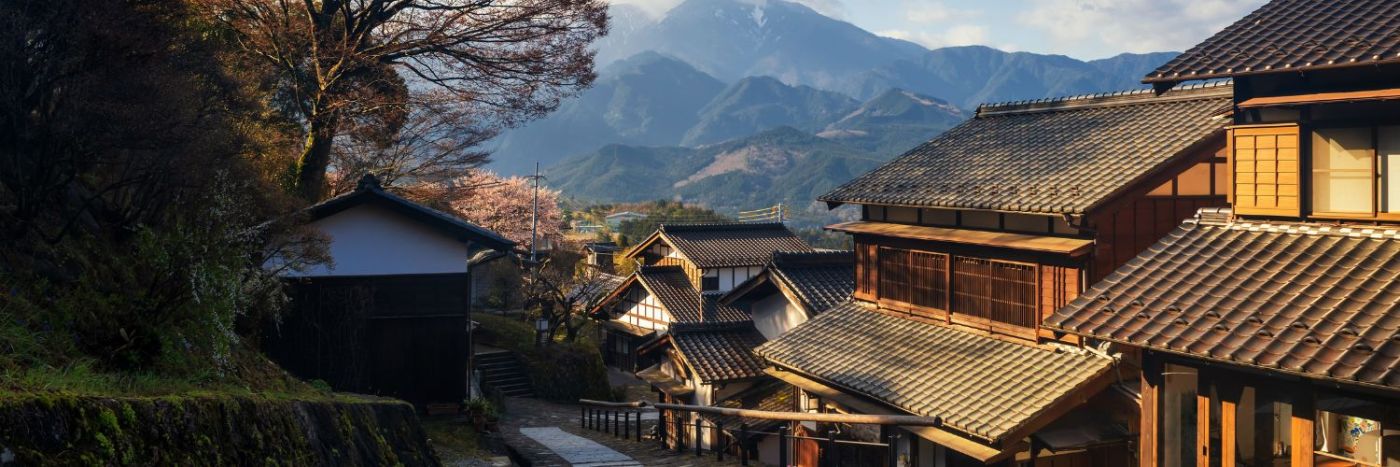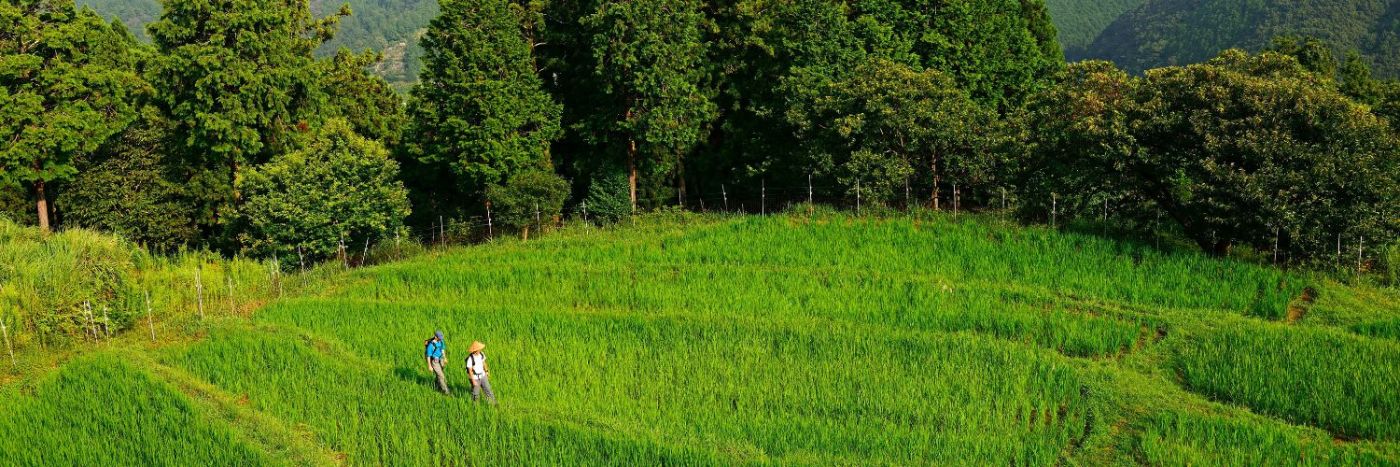Step into the Hidden Trails: Discover Japan’s Best Self-Guided Treks
Explore Japan’s Majestic Paths: Kumano Kodo Kiiji’s Nakahechi Route and The Nakasendo Trail
Japan! A timeless country where ancient traditions seamlessly intertwine with modern life. A lesser-known fact about this enchanting island country is that over 70% of its terrain is mountainous. This vast and varied landscape invites you to explore it on foot, allowing you to traverse through the heart of Japan’s stunning scenery, delve deep into its rich culture, encounter historic temples steeped in centuries of highly revered traditions, and savour the flavors of fresh, local cuisine. We are thrilled to announce the launch of not one, but two new self-guided treks to this unique destination. Each route offers a unique glimpse into Japan’s heritage, breathtaking landscapes, the genuine hospitality of its people and some lesser-known hidden treasures.
Here’s our guide into two of the best self-guided treks waiting for you to explore.
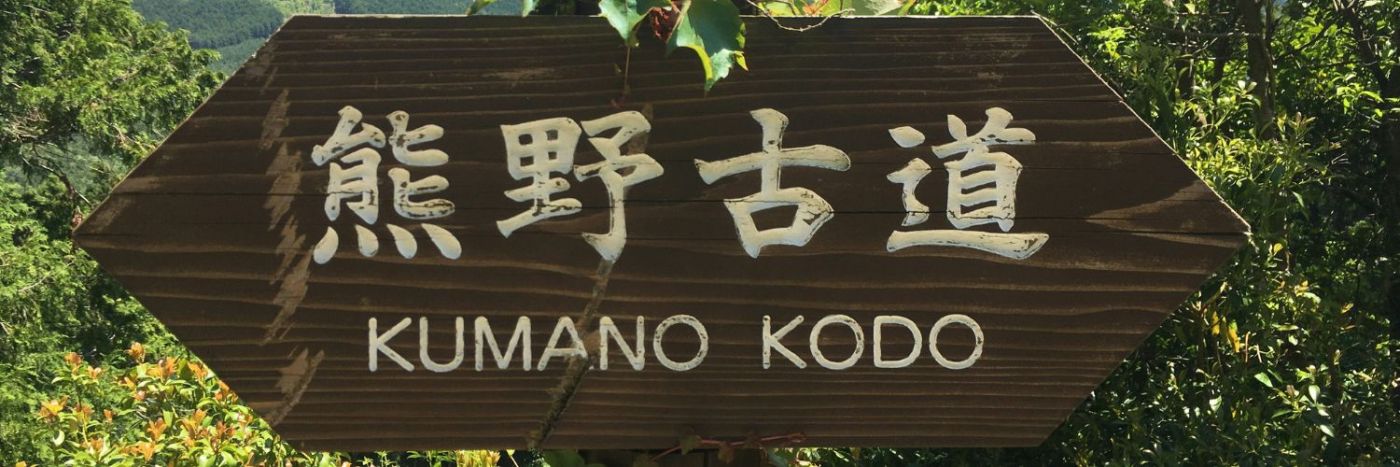
The Kumano Kodo Kiiji’s Nakahechi Route: A Sacred Pilgrimage
The Kumano Kodo is a UNESCO designated network of pilgrimage paths that crisscross the diverse landscapes of Japan’s Kii Peninsula connecting ancient mountain shrines. These sacred routes, with a history spanning over a millennium, have been traversed by individuals from every stratum of society – from peasants and craftsmen to nobles and emperors – symbolising a journey accessible to all in pursuit of spiritual fulfilment. The trails stretch across majestic mountain ranges and meander through verdant valleys, peppered with quiet hamlets and bustling hot-spring towns famous for their rejuvenating waters.
Experience all of the best parts of the classic Nakahechi route. Follow in the footsteps of pilgrims who’ve been walking the routes between sacred shrines since the 10th century. Suitable for hiking enthusiasts who want to take in the spiritual atmosphere of a centuries-old pilgrimage route, and experience the homely hospitality of small inns along the way. Explore this route and be eligible for Dual Pilgrim certification!
Area: The Kii Peninsula points south, away from the great cities of Kyoto and Osaka, and is one of the most remote and mystical areas of Japan, despite its proximity. Long a place of pilgrimage, it is the site of the Kumano Sanzan (Three Grand Shrines of Kumano).
Best Time to Go: April – November (snow falls occasionally from December to March)
Duration: 6-day trek
Daily Hike Time: Approx 5.5 hours per day. Shortest day: approx 2 hours. Longest day: approx 8 – 9 hours
Daily Hike Distance: Average of 13.2km per day. Shortest day: 4.5km. Longest day: 24.4km
Elevation: 1,000m/3,000ft of ascent, though shorter options are available on day 3 of the itinerary. Some sections are quite steep, so a decent standard of fitness is necessary.
Highlights: Include enjoying a view of the Pacific Ocean from Ogumotorigoe Pass, exploring the lively Kii-Katsuura fishing port, visiting Hongu and Nachi Grand Shrines, and relaxing in onsen hot springs.
Who’s it for: For those drawn to the serene ambiance of an ancient pilgrimage route and who seek to embrace the warm, welcoming hospitality found in charming inns along the path.
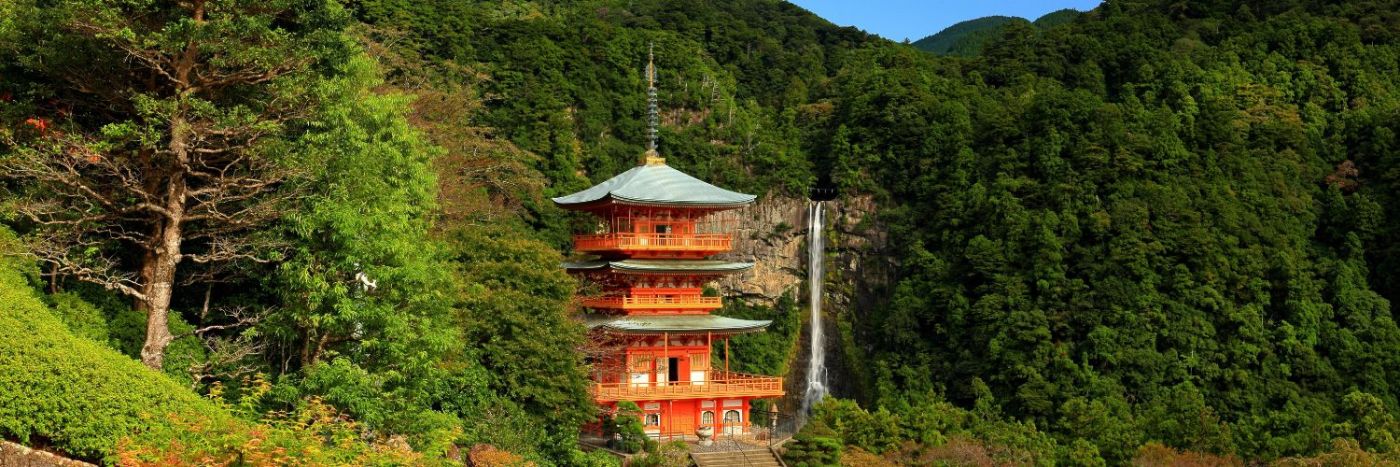
Why Go?
The Nakahechi route of the Kumano Kodo trail network invites adventurers to tread paths that pilgrims have walked since the Heian Period. This route is not just a trek; it’s a journey back in time, surrounded by lush forests and the spirit of ancient Japan, walking in the footsteps of emperors. As you walk from shrine to shrine, the spiritual ambiance is heightened, with seeing all three stunning Kumano Hongu Taisha, Kumano Nachi Taisha, and Kumano Hayatama Taisha.
This trail offers a blend of challenge and charm, with varying elevations and terrains that keep the body active and the spirit intrigued including both coastal and mountain paths. The route also serves as a stunning showcase of rural Japan, offering peaceful encounters with local life and traditions that have persisted through centuries. A visit to Kii-Katsuura at the end of the trip really rounds it off as an active fishing port with a lively early-morning fish market; you’ll see the food you eat as fresh as the day it’s caught!
Insider Scoop
There are thermal hot spring waters and baths that you can enjoy in the evenings at traditional inns along the Nakahechi route. We also recommend visiting the last ever black bamboo local artisan in Japan, learning how handcrafted bamboo is made. With our self-guided trip, both these experiences would be included!
Explore further: Experience our Kumano Kodō Self Guided Trek.
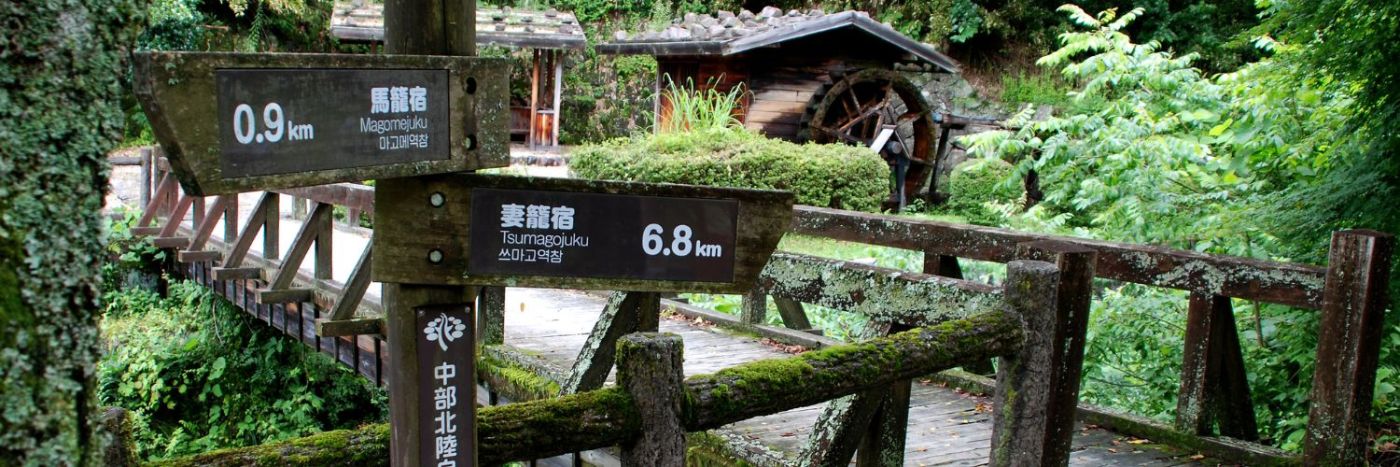
The Nakasendo Trail: A Walk Through History
Referred to as the “Way of the Samurai”, this historic trail winds its way through the picturesque Japanese Alps, connecting Kyoto and Tokyo.
Area: Weaving through the mountains of central Japan, the historic Nakasendo Trail connected Kyoto and Edo-period Tokyo. This trail stretches 534 km and the villages along the way, known as juku, provided accommodation for weary travellers walking along this route dating back to the seventh century.
Best Time to Go: April to November
Duration: 5-day trek
Daily Hike Time: Approx 5 hours per day. Shortest day: approx 3 hours. Longest day: approx 6 hours
Daily Hike Distance: Average of 13.1km per day. Shortest day: 8.3km. Longest day: 18.4km
Elevation: Max 723m ascent and descent
Highlights: Include a visit to the historic and nationally treasured Matsumoto Castle, picturesque views of the Kiso Valley and Karuizawa, and bathing in the thermal waters of an onsen ryokan (hot spring inn).
Who’s it for: Anyone wanting a taste of what Japan was like when Samurai roamed the land centuries ago – who relish the idea of wandering leisurely through picturesque landscapes—encompassing rice paddies, quaint rural communities, forests, and historic villages—this journey offers a profound connection to a time-honored way of life.
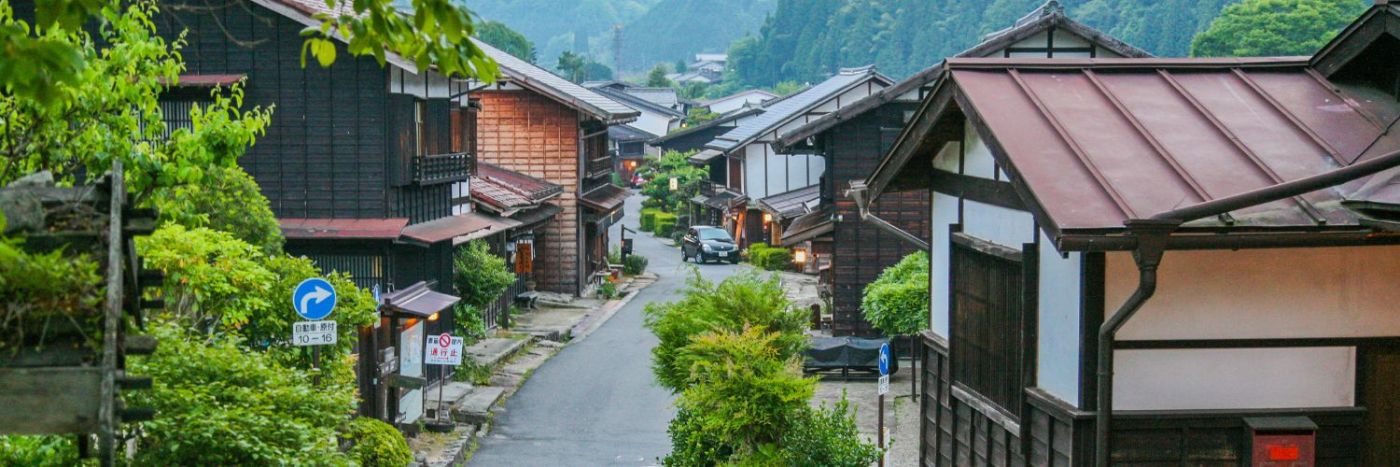
Why Go?
In contrast, the Nakasendo Trail slices through the heart of Japan’s mainland from Kyoto to Tokyo, once a bustling network of post towns during the Edo Period. This route is steeped in history, where each step taken is the same cobblestone path that samurai’s and merchants once journeyed over. Take in the exquisitely preserved towns of Magome, Tsumago and Narai. Here, wooden inns share a warmth that remembers a time when travellers would relax over a steaming tea.
The Nakasendo Trail offers a more walked trek compared to the Kumano Kodo Route, with well-maintained paths and gradual ascents and descents that make it accessible for many. To round off the trip, stepping on the infamous bullet train to Tokyo at the end really is an experience in itself!
Insider Scoop
There is the opportunity to spend the night at a family-run minshuku in Tsumago or the nearby hamlet of Ō-Tsumago. A part of the cultural experience is enjoying a delicious home-cooked Japanese dinner and breakfast. We also recommend visiting one of Japan’s few remaining original castles, Matsumoto Castle, also called ‘Crow Castle’ due to its black exterior. With our self-guided trip, both these experiences would be included!
Explore further: Experience our Nakasendō Trail Self-Guided Trek.
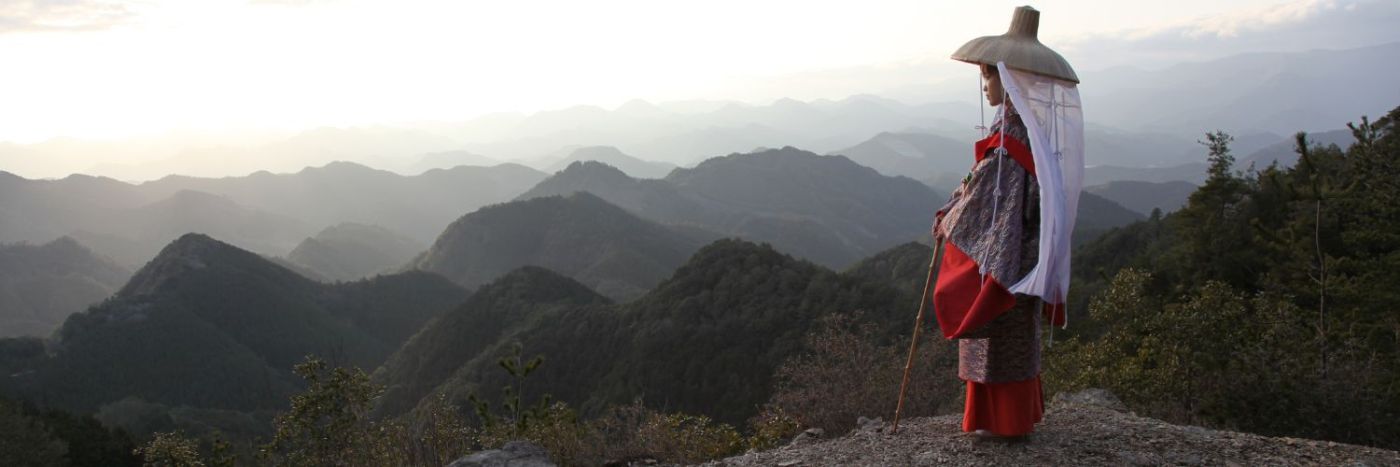
Choosing Your Path
The choice between the Kumano Kodo Kiiji’s Nakahechi Route and the Nakasendo Trail hinges on what you seek from your Japanese adventure. If your heart leans towards a spiritual quest through sacred forests and ancient rituals, the Kumano Kodo Kiiji’s Nakahechi Route will fulfil that need. But if you wish to step back into the bustling era of shoguns and Samurai while enjoying the ease of travel and historic towns, then the Nakasendo Trail calls for you.
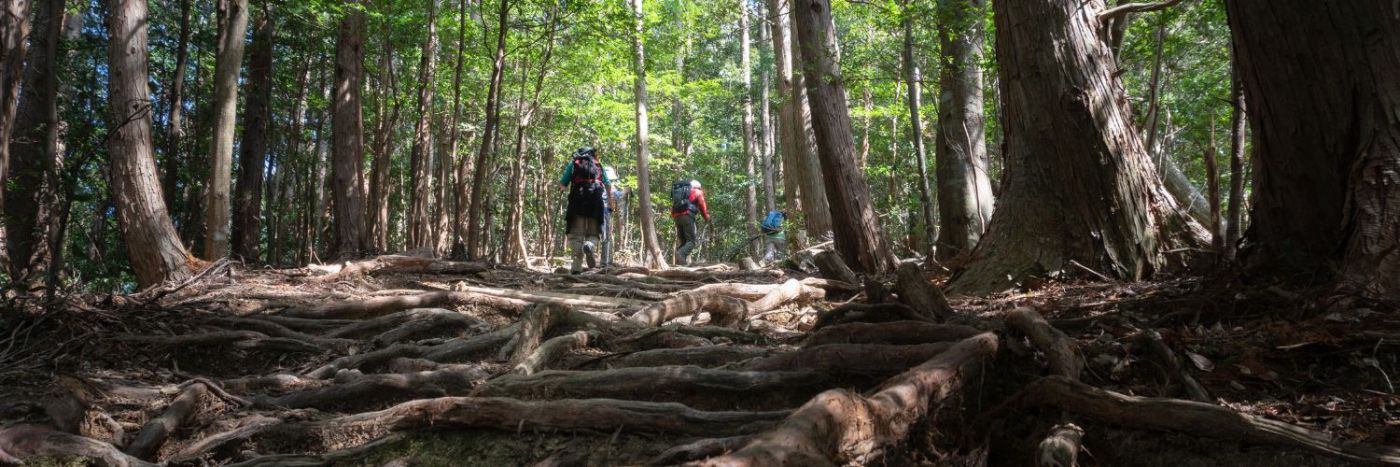
Why Self-Guided?
Our self-guided trips are crafted for those who seek independence but appreciate a well-organised journey. Equipped with our mobile travel app, adventurers receive personalised, up-to-date day-by-day itineraries including maps, local insights, and essential trip information, ensuring a seamless and enriching experience. You’re also supported by our team in Kyōto if there is the need or support wanted.
For self-guided first timers we really focus on helping ensure you feel calm minded, secure and connected to fully embrace the experience – where freedom meets detailed preparation.
Self-Guided Luggage Option 1: for Ease and Convenience
For ease and convenience you could just carry a light day pack and have your main luggage couriered along the trail. Firstly Takkyubin Courier which takes your main luggage to your final destination. Or secondly, Daily Luggage Transfer, this is available on all of the Kumano Kodo Trail and parts of the Nakasendo Trail where your luggage is transferred from village to village.
Self-Guided Luggage Option 2: Pack Smart, Hike Smart
The second option is carrying all your luggage in a backpack. This will be heavier as you’ll be carrying all in one and therefore we have some tips for that to keep your organised:
- Pack Heavy Gear at the Bottom: For better balance and to minimise back strain, place denser items, such as your sleeping bag, at the bottom of your pack.
- Use Colour-Coded Dry Bags for Organisation: Sort your kit into coloured dry bags. This method is efficient for finding items and ensures everything stays dry and organised.
- Bring your complimentary Water-to-Go Bottle: supporting our commitment to sustainability and providing safe, fresh water throughout your journey.
Ready to Explore?
Both paths promise the joys of self-guided exploration, where freedom and discovery go hand-in-hand with every step. Whichever you choose, the journey will be a testament to the beauty and tradition of Japan, leaving you enriched and inspired.
We hope this glimpse into our self-guided treks inspires you to lace up your boots, embrace the detailed freedom our adventures offer, and venture into the heart of Japan. A focus on getting away from the crowds and into the real Japan. With the support of Adventurous Ewe, explore off-the-beaten-track Japan and focus on enjoying the exquisite regional cuisine, breathtaking scenery, and unforgettable moments you’ll collect on the way. Leave the rest to us.
Please do reach out if you do have any queries or questions about either of the trips, to Sue at susan@adventurouswe.co.uk or Jenny at jenny@adventurousewe.co.uk. As an added resource for you, Sue studied Japanese Modern Language at Macquarie University in Sydney Australia. We’re here to help you plan a once in a lifetime journey to Japan.
